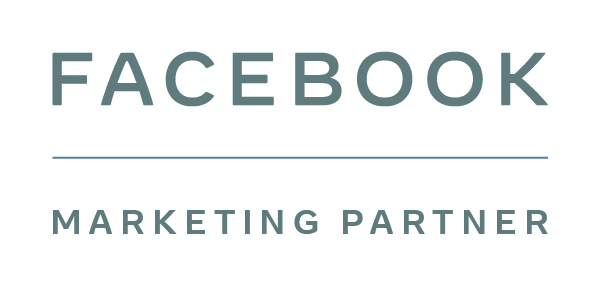‘The Internet connects marketers to customers across the country and around the world. If you advertising online, remember the rules and guidelines that protect consumers also help businesses by maintaining the credibility of the Internet as a marketing medium.’ –From the FTC website.
Paid linking has always been a target for Matt Cutts and his webspam team at Google since I started doing SEO a few years back. It was a great way for companies with lots of resources to quickly manipulate Google’s algorithms which relied heavily on links to determine the SERPs. It quickly gave rise to a shadow industry where individuals would buy up expired domains that had kept page rank, turning them into ‘blogs’ that accepted articles about anything, and catered to SEOs looking to buy up links masked in blog spam.
The webspam team dealt with this economically, and by turning these link farms into liabilities by punishing any website that the link farms linked to. It had a big impact on SEO firms large and small, created ‘link removal’ as a product, but mostly left SEO a more legitimised industry.
One of the more interesting conversations it sparked was as to how a ‘paid link’ could be defined. It’s clear cut when you exchange money for a like that offers ‘links on a PR5 site for $30 each’. I had several retail clients at the time, and one of the ways we got our best press what through product launches, sending products out for review. I was told that Google is going to consider that ‘paid linking’ and I should stop. Well, it’s something my clients had discussed in regards to marketing synergy (forgive me for using that word, it does apply). They needed press and a better backlink profile, but didn’t know online like I did. Two birds, one stone.
My argument was that normal advertising and press practices shouldn’t be punishable by Google as long as they adhere to the ASA, FTC, etc. We were trading product for press, we were sending out product for those who were interested. As Matt Cutts put it, we weren’t ‘changing anyone’s behaviour’.
This Monday (March 3rd) Matt Cutts posted a video talking about paid linking and gave us some clearer guidelines about what constitutes paid linking.
Besides obvious paid link schemes (as mentioned above), Matt pointed out the following points:
- Whether or not the medium is close to the value of money (i.e. a gift certificate)
- Gifts vs. loans (loans are safe, gifts not necessarily so)
- Intent (are you trading for links? Or are you supplying another need)
- Whether or not the product or service is expected (giving a film reviewer free tickets, vs giving a film reviewer a free laptop).
These five criteria are what Google’s webspam team use to determine whether you, or your company is buying links. However, that’s also only if Google’s webspam team decides it needs to investigate your linkbuilding practices (probably not).





